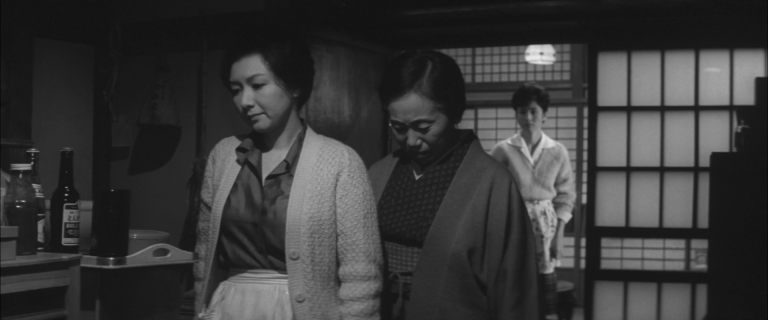The path from cinematographer to director isn’t nearly as well-worn as one might expect—why shouldn’t the person in charge of a film’s images try their hand at calling the shots? Perusing the field, perhaps this career trajectory isn’t all that popular because, on the whole, the success rate isn’t the highest; sure, every once in a while, you get a Zhang Yimou or a Nicolas Roeg, but Wally Pfister hasn’t exactly spun “Transcendence” into a fruitful post-Nolan catalog.
Ellen Kuras, whose work behind the lens includes collaborations with Martin Scorsese, Jim Jarmusch, and Michel Gondry, may have a more promising transitional piece on her hands, as Lee deals directly with a subject with which any director of photography should be intimately acquainted: the startling power of the image. Theoretically, Lee should be a slam-dunk for its director until one accounts for its ostensible goals as a straightforward biopic with little ambition to stand out; at this point, the film’s primary goal—letting the director cut her teeth on a project too safe to stand out in any disastrous (or meaningful) way—makes itself known.
Following the trajectory of its real-life Vogue photographer (Kate Winslet, in a role thankfully too muted to be desperate for Oscar attention), the film centers itself on the period of Lee Miller’s life as a correspondent during the Second World War. Unable to get clearance to get onto the front lines as a British correspondent—she lives in London with a boyish Alexander Skarsgård, about half the size he was in “The Northman” and yet still chiseled enough to leave most men insecure—Miller finesses her way onto the field using her status as an American, because, as her narration bluntly puts it, the Americans simply aren’t as backward with their gender roles as those silly Brits.
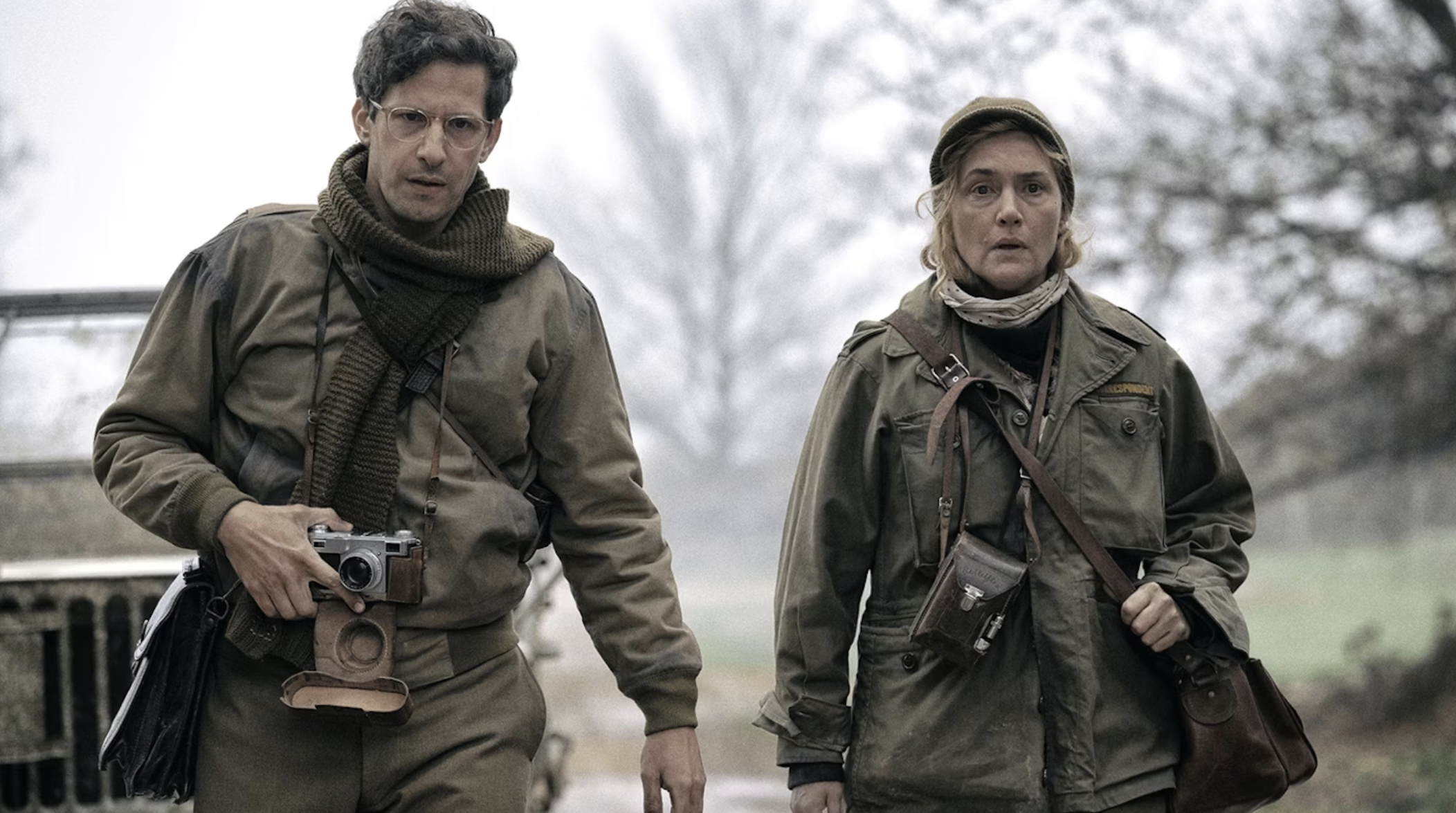
This more or less sets the tone for Lee as a historical document placing its lead all across war-torn France, as Miller comes across horrors of combat and abuse while she circumnavigates her own challenges as someone held back by the establishment due to her gender. At a certain point, Kuras doesn’t really seem too sure what to make of this conflict of priorities, as Lee tries to split the difference between a horrifying testament to the terrors of World War II and a rah-rah statement on Miller’s gumption to defy archaic societal standards.
Certainly not the only film this year to cover the terrors and desensitization of wartime journalism, Lee avoids the pitfalls of Alex Garland’s muddled “Civil War” by way of rooting itself in real history and, consequently, avoiding a sense of misplaced urgency amid questions it doesn’t want to answer. In its own way, however, Kuras’s film suffers from having no questions it even wants to ask, acting as a standard bullet-point retelling of Miller’s life without any sense of drive toward why her story matters beyond the fact that she did something important.
The film’s framing device, one of several irksome clichés, perfectly exemplifies this lack of motivation to be different or poignant in any significant capacity. Boxed within an interview with some slick reporter (Josh O’Connor, enjoying a relaxing 2024 with several films initially slated for release in 2023), an older Miller recounts her exploits with the same spitfire attitude that we’ll see her use in the flashbacks as a means of pushing through sexist structures throughout her career to get what she needs. When Lee reaches its final scene to reveal the significance of this interview, however, the choice to underline Miller’s latent humanity only seems to exist as a way to make up for whatever character dimensions the film had failed to reveal up to that point.
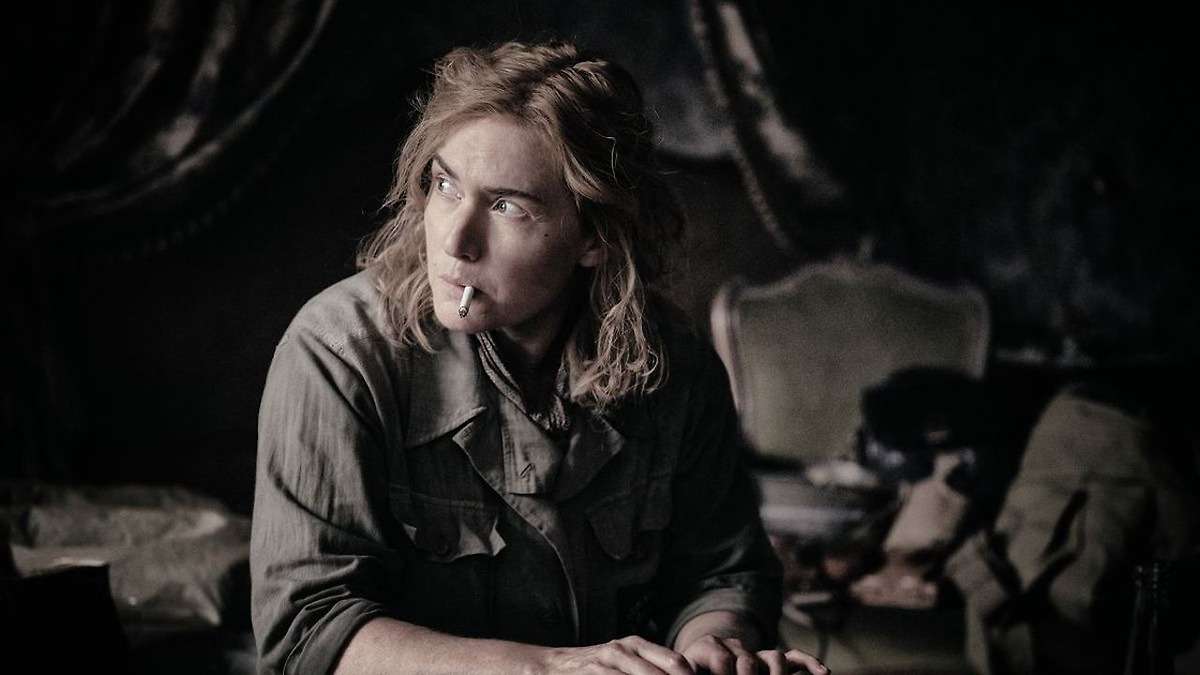
This isn’t, of course, to say that “Lee” makes no efforts to define Miller’s character within the context of her perilous profession, nor is it to say that an ostentatious approach is necessarily demanded. There are moments in which Kuras allows Miller to walk through a deglamorized scene of war—be it a medical tent or one of those notorious cramped trains—without lingering on what she’s photographing, but rather allowing Miller’s gradual desensitization to soak in the situation and clash with the creeping sense of horror she can’t hide. This stoicism works fluidly with Winslet’s subtleties as a performer—her facial expressions always holding something back behind her clenched cheeks—which further keeps “Lee” grounded as a film not concerned with awards prospects. On the whole, though, the overarching atmosphere remains one without any real sense of gravity.
The bevy of supporting performances from a surprising number of recognizable faces—aside from O’Connor and Skarsgård, Kuras rounds out the troupe with Andrea Riseborough, Marion Cotillard, Noémie Merlant, and, most surprisingly, Andy Samberg—further exemplifies the film’s tenuous grasp of its objectives; these actors all serve their roles as best they could, but little in Kuras’s direction makes it seem as if replacing them all with no-name performers would have made a shred of difference for any of these characters.
As time goes on, the value of the strait-laced biopic becomes increasingly diluted outside the narrow lens of award season. Still, one would hope that a burgeoning filmmaker with such direct thematic ties to their material would find something of value to unearth from these dusty photo albums. Sadly, Ellen Kuras is never able to adjust her focus on Miller’s achievements to turn Lee into anything more than a series of “…And then she did the thing” statements. As with most stale biopics, “Lee” suffers the ironic fate of being worth far less discussion or enthusiasm than the very person it’s profiling.




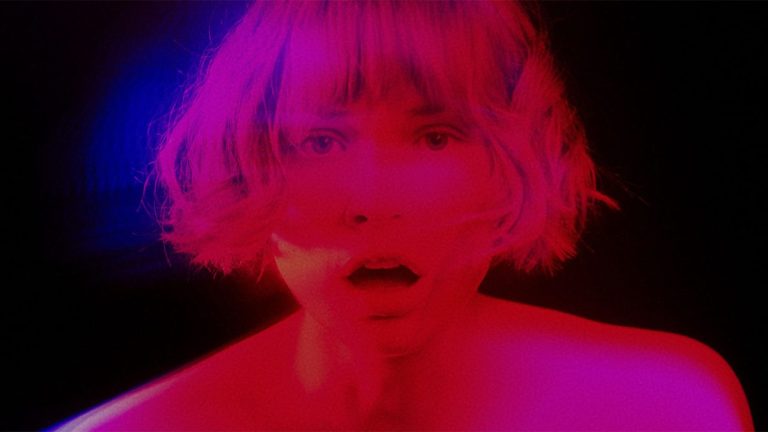
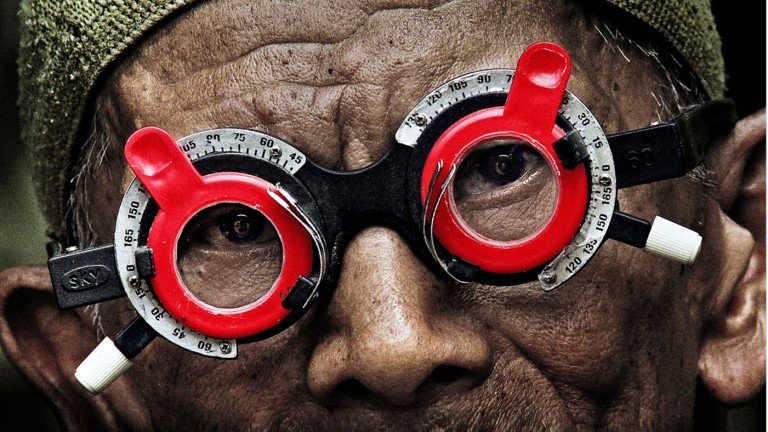
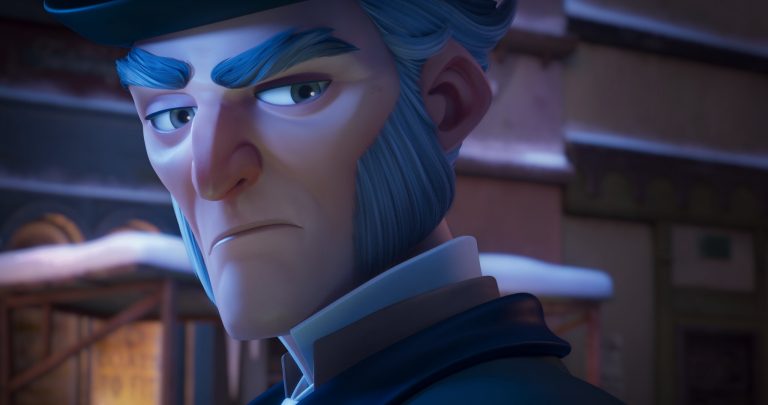
![DEV.D [2009]: A Refreshingly Unusual Black Comedy](https://79468c92.delivery.rocketcdn.me/wp-content/uploads/2018/04/Dev-D-768x432.jpg)
